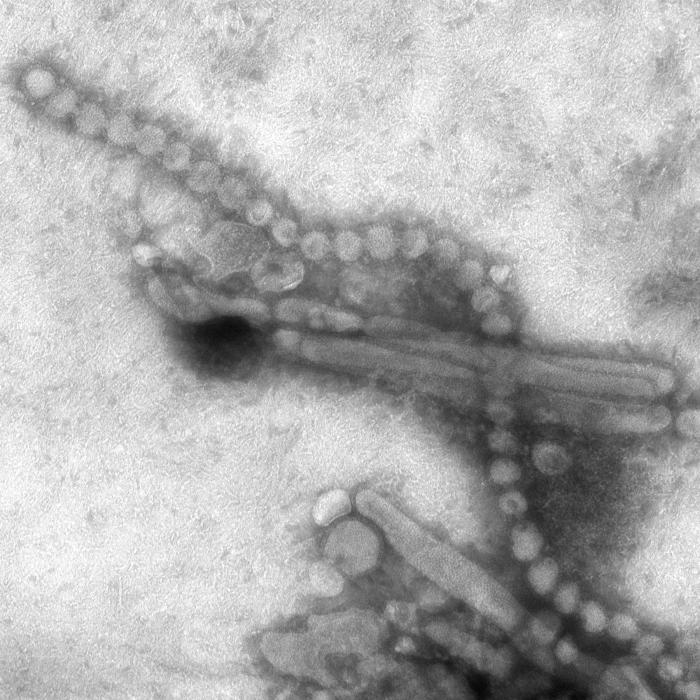The Health and Family Planning Commission of Inner Mongolia Autonomous Region reported their first human case of avian influenza A(H7N9) in a male patient from Wuyuan County of Bayannur City.

Health officials say the patient is in stable condition and the source of infection was probably poultry reared in his place of residence.
Since March 2013 through May 27, 2017, there were a total of 1512 human cases of avian influenza A(H7N9) reported globally. Since October 2016, 714 cases have been recorded in Mainland China.
Most human cases are exposed to avian influenza A(H7N9) virus through contact with infected poultry or contaminated environments, including live poultry markets. Since the virus continues to be detected in animals and environments, and live poultry vending continues, further human cases can be expected.
Although small clusters of cases of human infection with avian influenza A(H7N9) virus have been reported including those involving patients in the same ward, current epidemiological and virological evidence suggests that this virus has not acquired the ability of sustained transmission among humans.
Travelers to countries with known outbreaks of avian influenza should avoid, if possible, poultry farms, contact with animals in live poultry markets, entering areas where poultry may be slaughtered, or contact with any surfaces that appear to be contaminated with feces from poultry or other animals. Travelers should also wash their hands often with soap and water, and follow good food safety and good food hygiene practices.
Related:
- Avian influenza and the Top Five Epidemic Risk Factors for 2017
- Dr. Mike Osterholm discusses infectious diseases and his new book ‘Deadliest Enemy: Our War Against Killer Germs’
- Salmonella outbreaks linked to live poultry sickens hundreds nationwide
- Norovirus outbreak tops 4000 cases in Yolo County
- Yellowstone brucellosis: Control efforts should focus on elk
- Powassan: Maine reports two cases in midcoast residents

